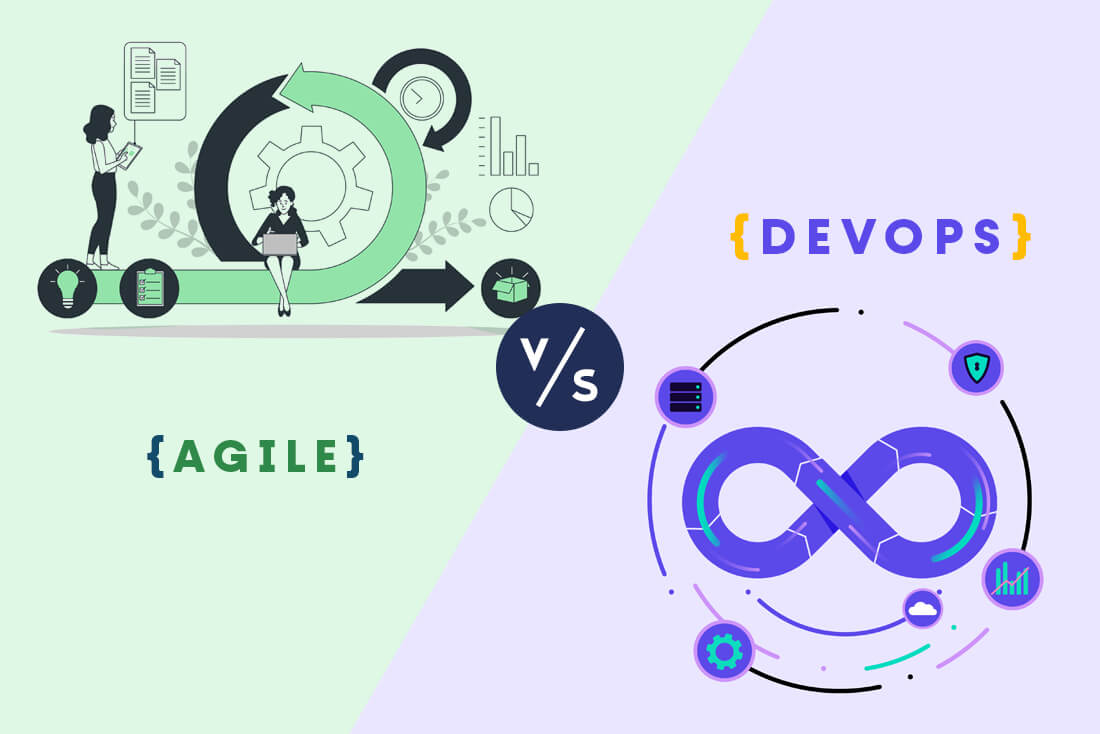
Microservices Architecture: An alternative to monoliths
- Architecture
- November 26, 2024
- By Sreelal
Creating complex applications is naturally challenging. You need to identify the architecture that better suits the development of your application. In this post, we give you an understanding of the Monolithic and Microservices architecture that can be used as the architecture pattern for your continuously evolving applications.
Monolithic Architecture
An application is referred to as monolithic if all of its functionalities are contained within a single codebase. To make a change to this kind of application requires changing the complete stack, which involves accessing the code base, creating an updated service-side interface, and deploying it. Updates become cumbersome and time-consuming as a result.
Microservices Architecture
It is a method of architectural development in which the application is divided into smaller services that each handle a discrete amount of functionality and data while interacting directly with one another using simple protocols like HTTP. The relationship between the application and database is significantly impacted by the microservice design. Each microservice has its own database and does not share databases with other microservices. Although it frequently leads to data duplication, having a database for each microservice is necessary if you want to take use of this design because it ensures loose coupling. Each microservice can utilise the database type that is most suited to its needs, which is another benefit of having a distinct database for each microservice. For the purpose of allowing multiple services to be created in various programming languages, each service provides a secure module border. Microservice design uses a variety of patterns, including service discovery and registry, caching, API gateway and communication, observability, security, etc.
Differences between them
| Monolithic Architecture | Microservices Architecture |
|---|---|
| Uses a single code base and is constructed as a single huge system. | Built as small independent module based on business functionality. |
| Has shared database. | Each project and module has their own database. |
| Large code base makes IDE slow and build time gets increase. | Overall build and development time is less. |
| Extremely difficult to change technology or language or framework because everything is tightly coupled and depend on each other. | Easy to change technology or framework because every module and project is independent. |
Components of Microservice Architecture
The components of a typical Microservice Architecture (MSA) should be as follows:
- Clients: The architecture begins with numerous clients from various devices attempting to carry out various management tasks such as search, develop, and configure.
- Identity Providers: The client requests are subsequently forwarded to identity providers, who authenticate the client requests before sending them to API Gateway. The internal services are then informed of the requests via a clearly defined API Gateway.
- API Gateway: Since clients do not make calls directly to the services, API Gateway serves as a gateway through which clients can route requests to the appropriate microservices.
- Messaging Formats: The microservices communicate using one of the two types of messages:
- Synchronous messages: REST (Representational State Transfer), which relies on a stateless, client-server model and the HTTP protocol, is typically used by microservices when clients are waiting for responses from a service. This protocol is employed because, in a distributed environment, each functionality is represented by a resource that can be used to perform operations.
- Asynchronous messages: Microservices typically use protocols like AMQP, STOMP, and MQTT when clients do not wait for a service's answers. These protocols are utilised in this form of communication since the messages' nature is defined and they must work with different implementations.
- Databases: Each Microservice has its own private database that it uses to store data and carry out the associated business functionalities. Additionally, Microservices' databases can only be modified using their service API.
- Static Content: Following communication between themselves, the Microservices deploy the static content to a cloud storage service so that Content Delivery Networks (CDNs) can provide it straight to clients.
- Management: This component is in charge of monitoring failures and balancing the services on the nodes.
- Service discovery: This component maintains a list of services on which nodes are located and serves as a guide for microservices to find the path of communication between them.
Benefits of Microservice Architecture
The benefits of a microservice architecture include:
- By breaking down an application into a collection of manageable services, it addresses the issue of complexity. These services are much faster to design and much simpler to comprehend and maintain.
- It enables a team that is concentrated on each service to develop it separately.
- Only that particular microservice needs to be redeployed if there are any updates to any of the other microservices.
- Depending on the needs of the organisation, each microservice may employ a different technology.
- If one microservice crashes because of a problem, it has no impact on the other microservices, and the entire system continues to work and offer additional features to users.
- A new developer can join the project relatively easily because he only needs to understand the specific microservice that provides the functionality he will be working on, not the entire system.
- June 02, 2025
Why Outsourcing QA Is a Competitive Advantage in 2025
- January 21, 2025
Accelerate Your Journey to ROI with Low-Code Development
- November 26, 2024
Microservices Architecture: Analternative to monoliths
- August 02, 2024
Agile vs DevOps: A Detailed Comparison
- June 22, 2024





